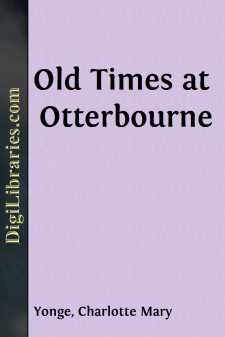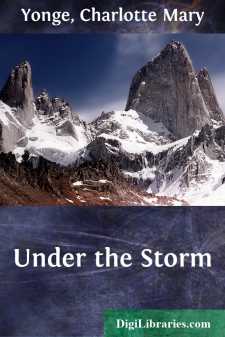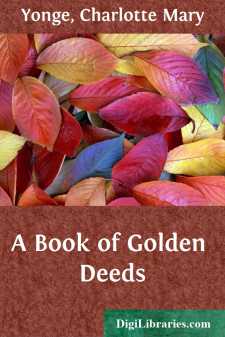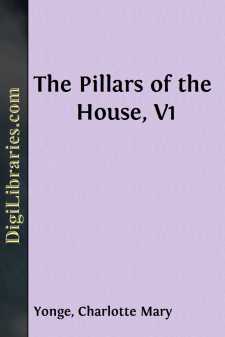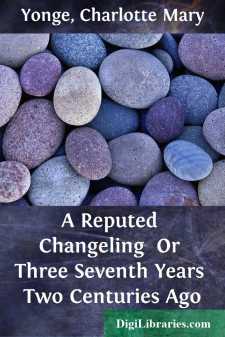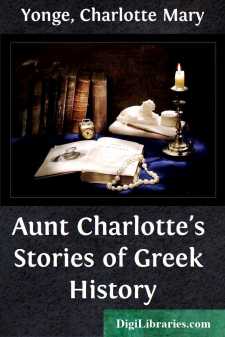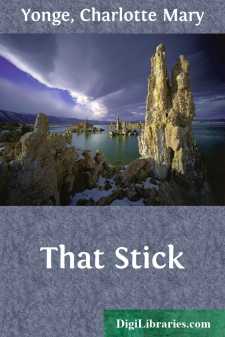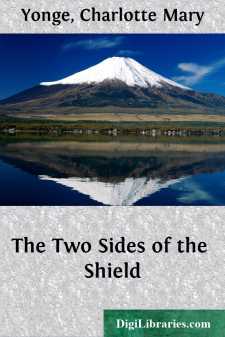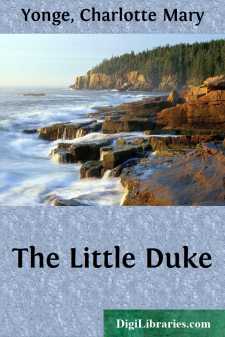Categories
- Antiques & Collectibles 13
- Architecture 36
- Art 48
- Bibles 22
- Biography & Autobiography 813
- Body, Mind & Spirit 142
- Business & Economics 28
- Children's Books 16
- Children's Fiction 13
- Computers 4
- Cooking 94
- Crafts & Hobbies 4
- Drama 346
- Education 46
- Family & Relationships 57
- Fiction 11829
- Games 19
- Gardening 17
- Health & Fitness 34
- History 1377
- House & Home 1
- Humor 147
- Juvenile Fiction 1873
- Juvenile Nonfiction 202
- Language Arts & Disciplines 88
- Law 16
- Literary Collections 686
- Literary Criticism 179
- Mathematics 13
- Medical 41
- Music 40
- Nature 179
- Non-Classifiable 1768
- Performing Arts 7
- Periodicals 1453
- Philosophy 64
- Photography 2
- Poetry 896
- Political Science 203
- Psychology 42
- Reference 154
- Religion 513
- Science 126
- Self-Help 84
- Social Science 81
- Sports & Recreation 34
- Study Aids 3
- Technology & Engineering 59
- Transportation 23
- Travel 463
- True Crime 29
Old Times at Otterbourne
Description:
Excerpt
Not many of us remember Otterbourne before the Railroad, the Church, or the Penny Post. It may be pleasant to some of us to try to catch a few recollections before all those who can tell us anything about those times are quite gone.
To begin with the first that is known about it, or rather that is guessed. A part of a Roman road has been traced in Otterbourne Park, and near it was found a piece of a quern, one of the old stones of a hand mill, such as was used in ancient times for grinding corn; so that the place must have been inhabited at least seventeen hundred years ago. In the last century a medallion bearing the head of a Roman Emperor was found here, sixteen feet beneath the surface. It seems to be one of the medallions that were placed below the Eagle on the Roman Standards, and it is still in the possession of the family of Fitt, of Westley.
After the Roman and British times were over, this part of the country belonged to Wessex, the kingdom of the West Saxons, of which Winchester was the capital. Lying so near the chief town, which was the Bishop’s throne, this place was likely soon to be made into a parish, when Archbishop Theodore divided England in dioceses and parishes, just twelve hundred years ago, for he died 690. The name no doubt means the village of the Otters, and even now these creatures are sometimes seen in the Itchen, so that no doubt there were once many more of them. The shapes and sizes of most of our parishes were fixed by those of the estates of the Lords who first built the Church for themselves and their households, with the churls and serfs on their manor. The first Lord of Otterbourne must have had a very long narrow property, to judge by the form of the parish, which is at least three miles long, and nowhere a mile in breadth. Most likely he wanted to secure as much of the river and meadow land as he could, with some high open heathy ground on the hill as common land where the cattle could graze, and some wood to supply timber and fuel. Probably all the slopes of the hills on each side of the valley of the Otter were covered with wood. The top of the gravelly hill to the southward was all heather and furze, as indeed it is still, and this reached all the way to Southampton and the Forest. The whole district was called Itene or Itchen, like the river. The name meant in the old English language, the Giant’s Forest and the Giant’s Wood.
The hill to the north was, as it still remains, chalk down. The village lay near the river and the stream that runs into it, upon the bed of clay between the chalk and the gravel. Most likely the Moathouse was then in existence, though a very different building from what it is at present, and its moat very deep and full of water, serving as a real defence. There is nothing left but broad hedge rows of the woods to the north-east, but one of these is called Dane Lane, and is said to be the road by which the Danes made their way to Winchester, being then a woodland path. It is said that whenever the yellow cow wheat grows freely the land has never been cultivated.
There was a hamlet at Boyatt, for both it and Otterbourne are mentioned in Domesday Book. This is the great census that William the Conqueror caused to be taken 1083 of all his kingdom. From it we learn that Otterbourne had a Church which belonged to Roger de Montgomery, a great Norman baron, whose father had been a friend of William I....


